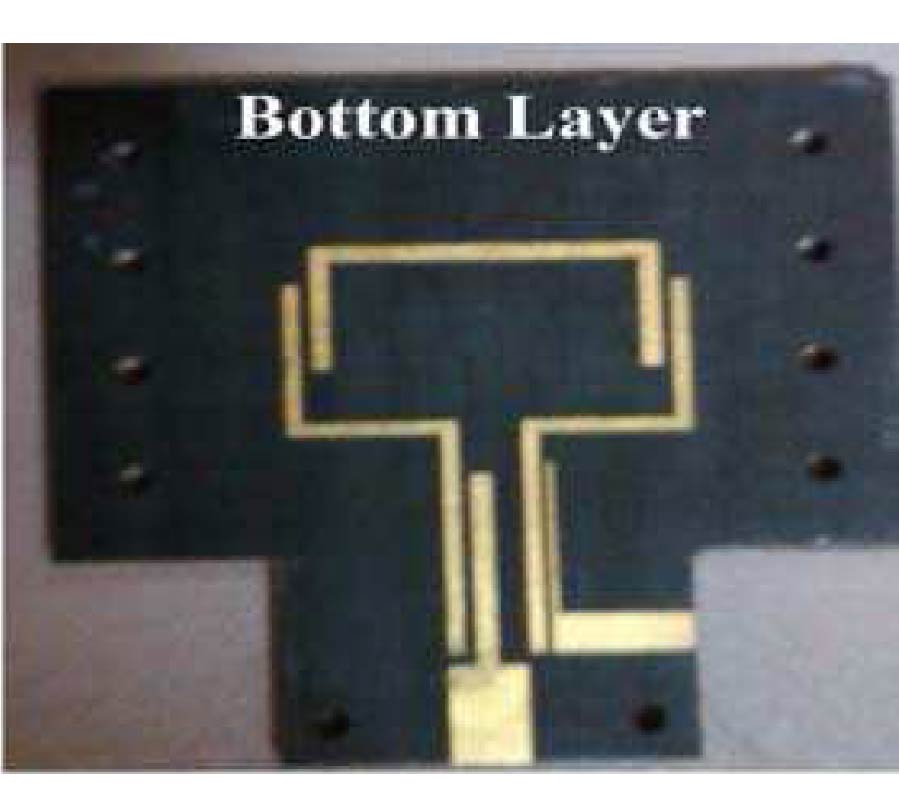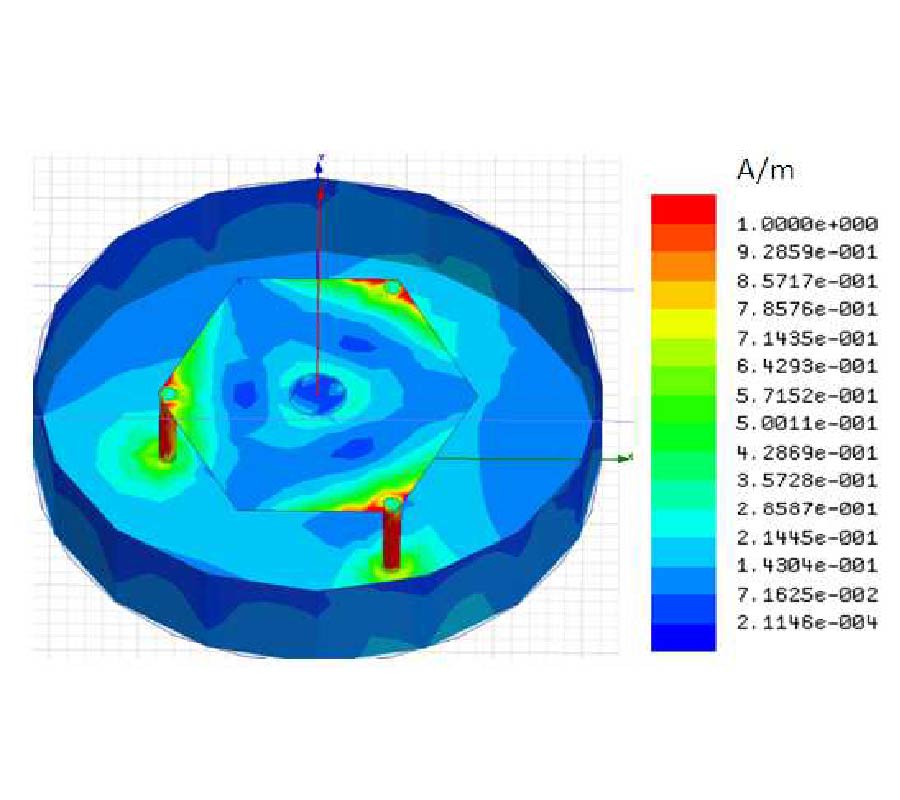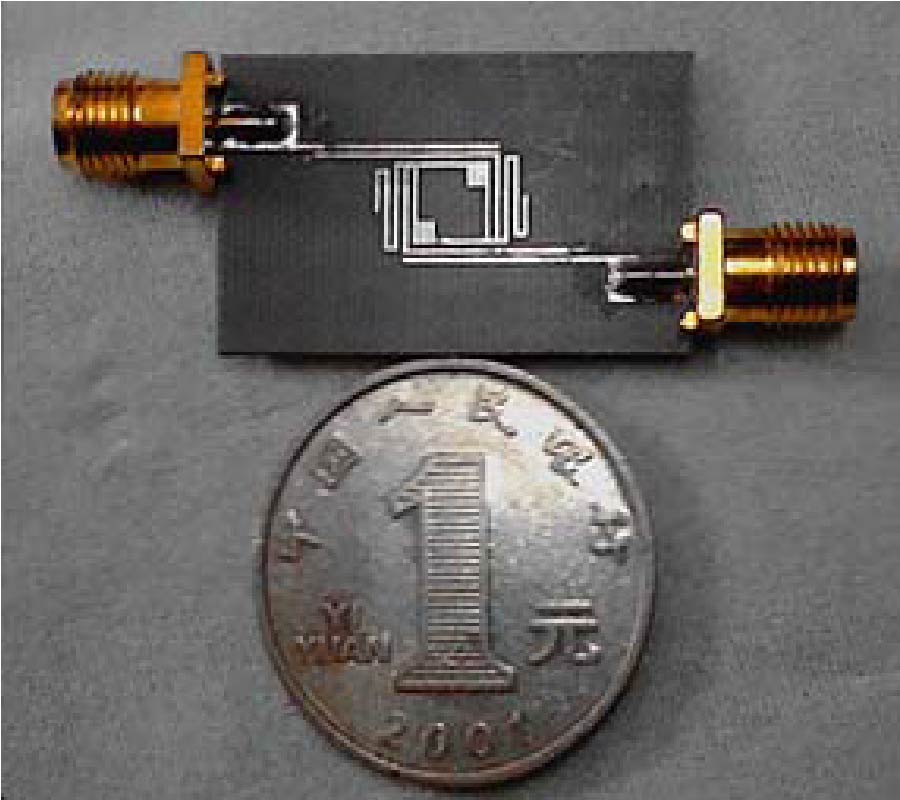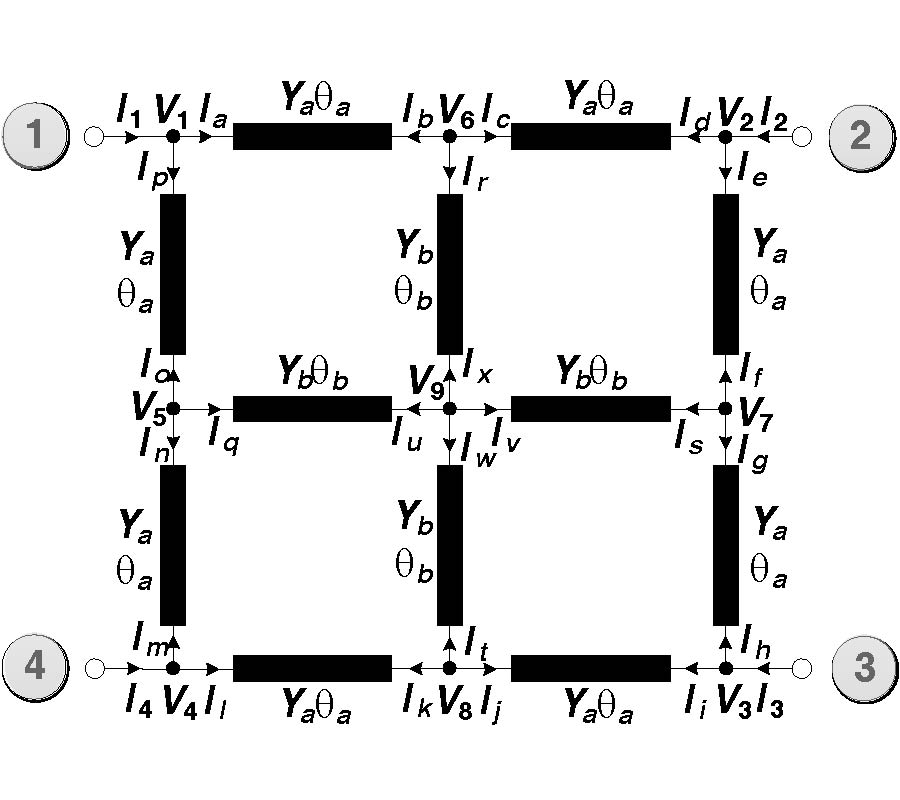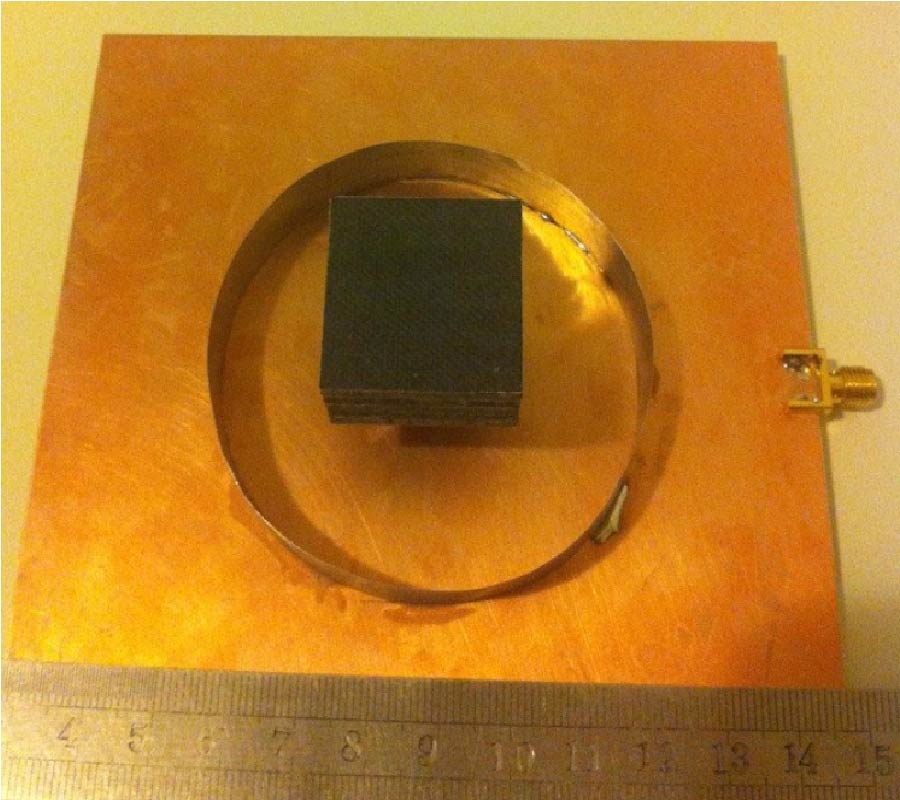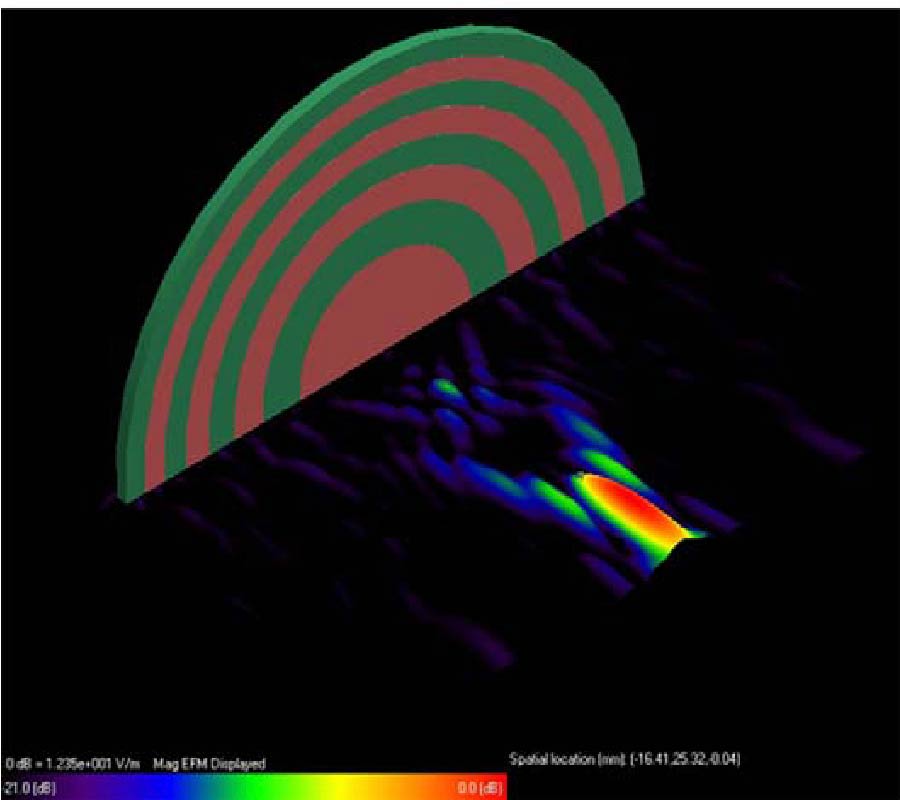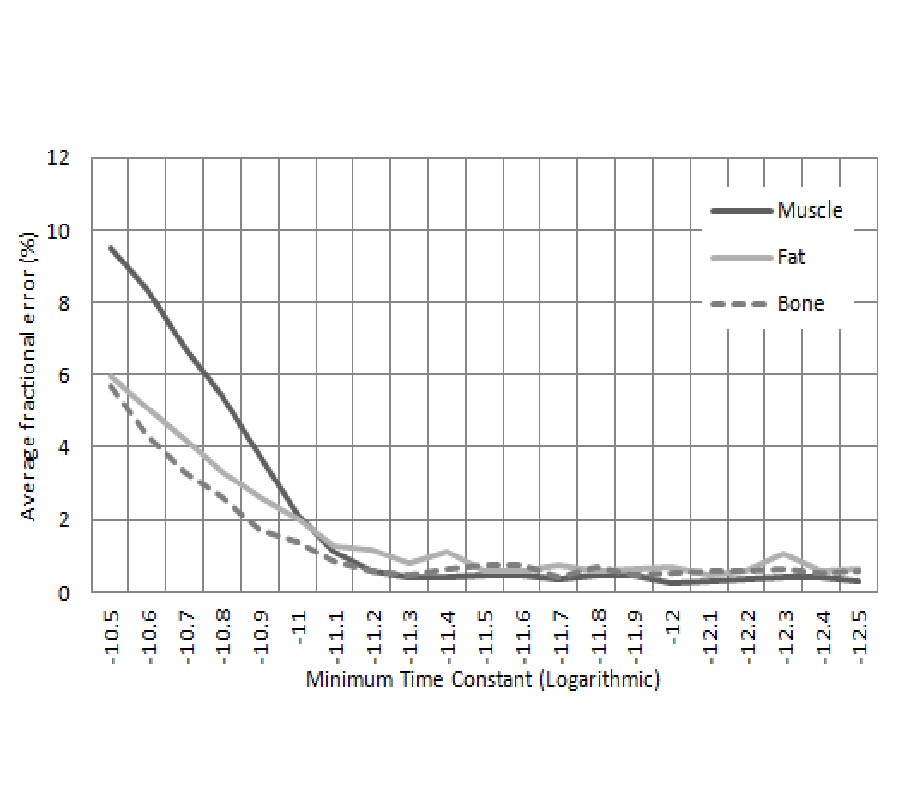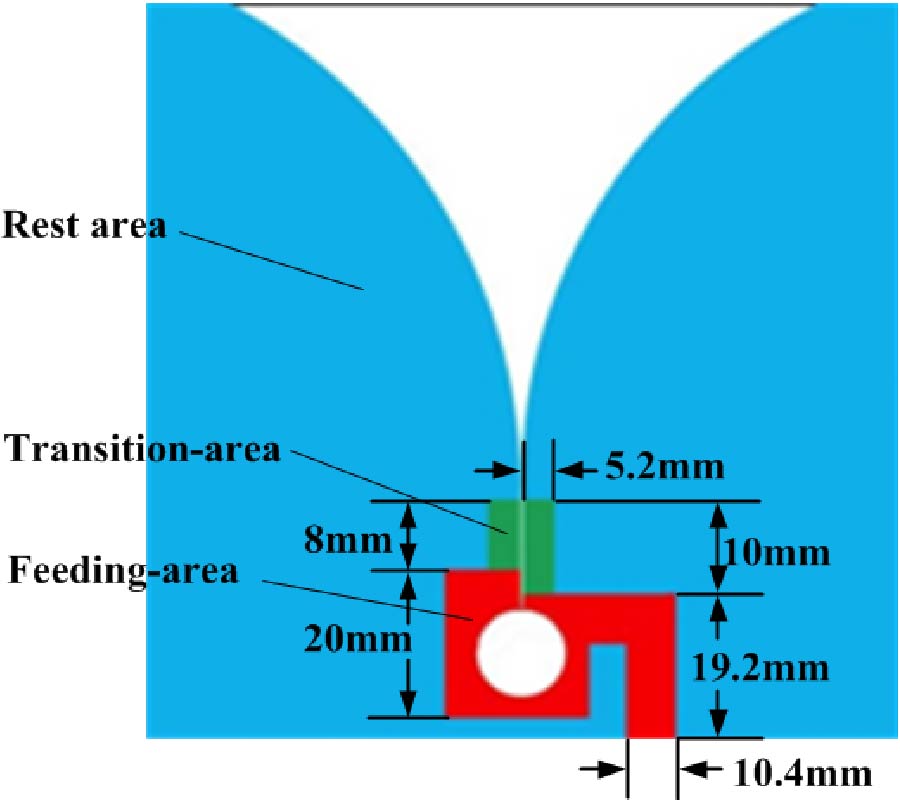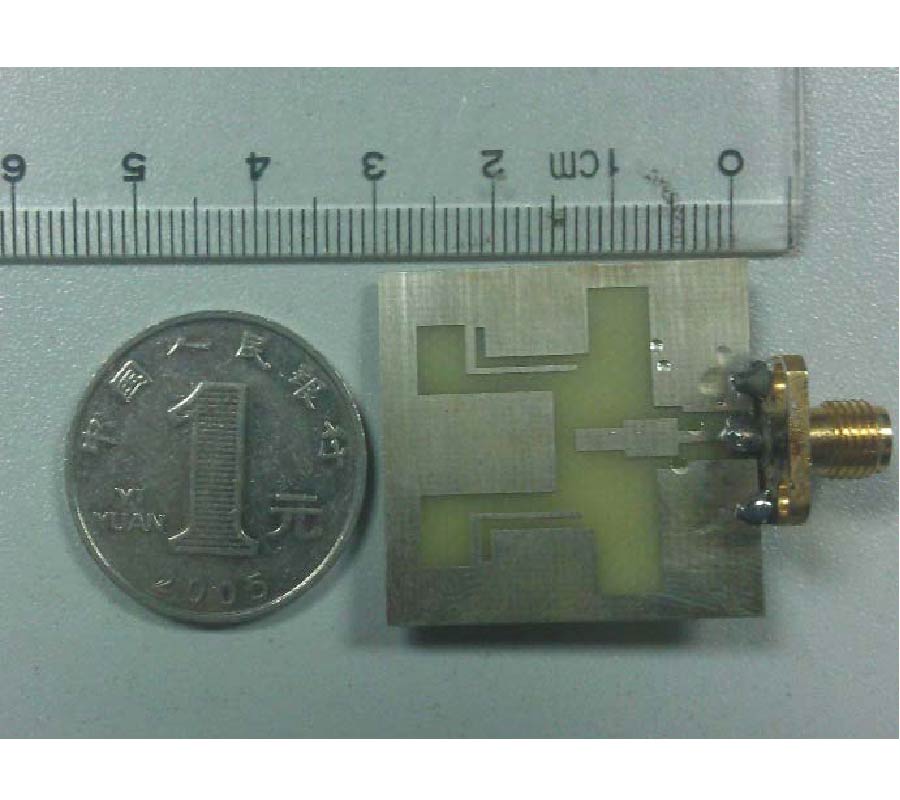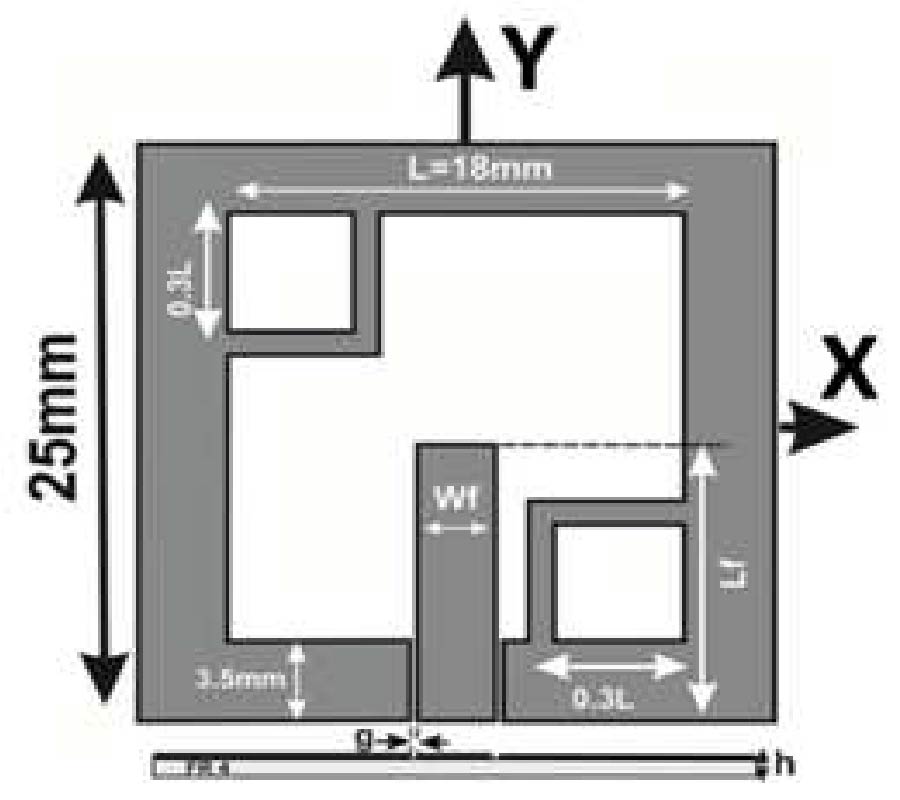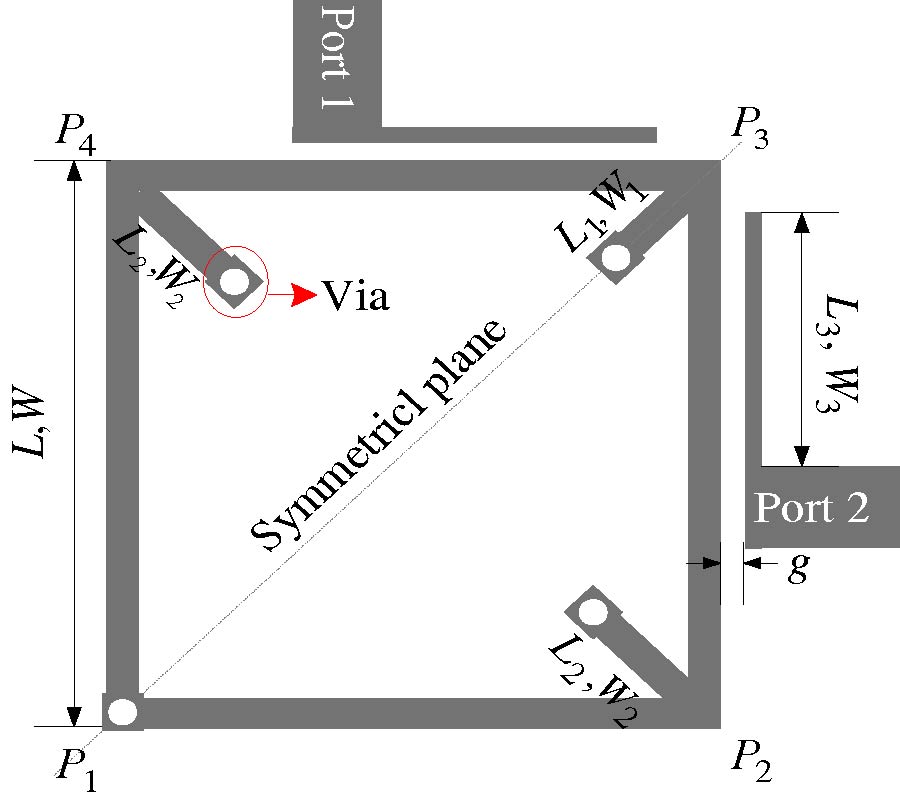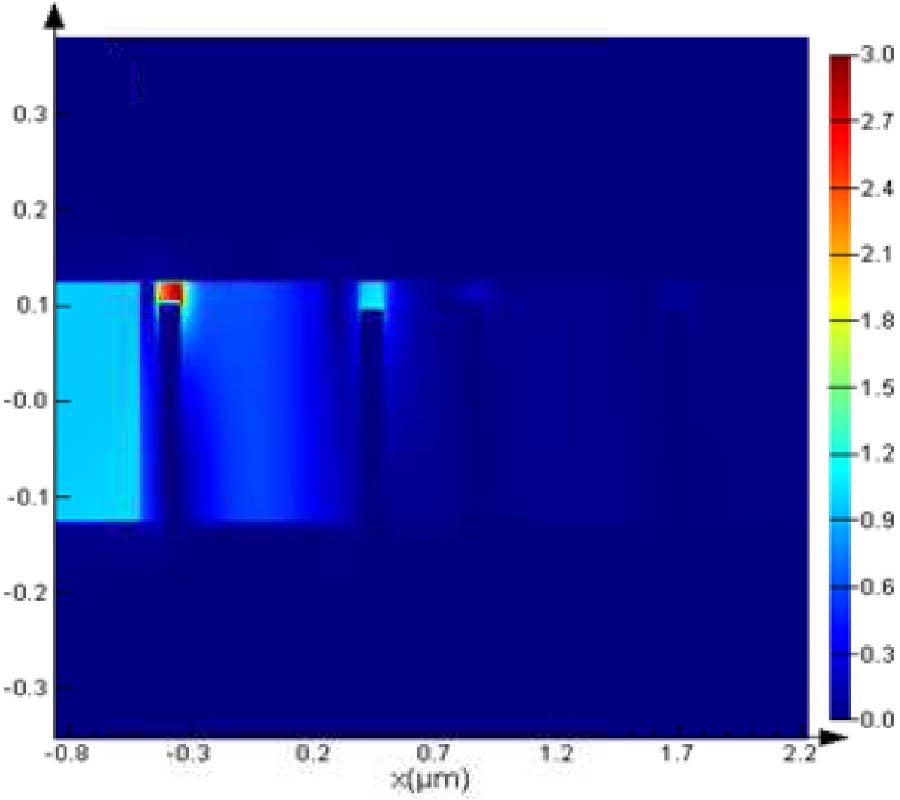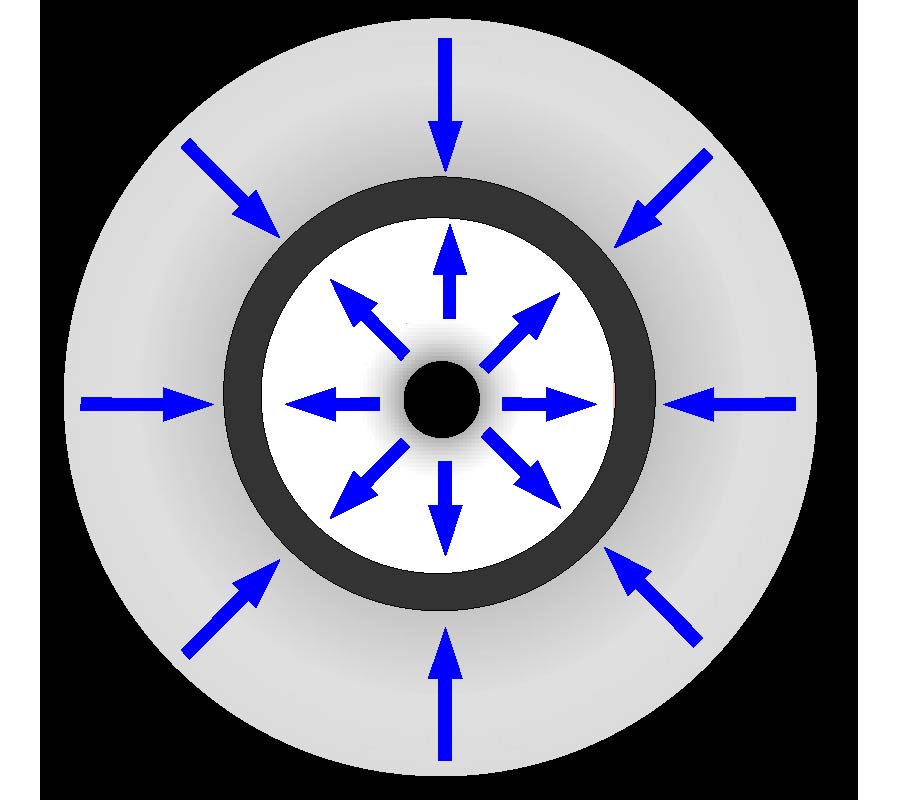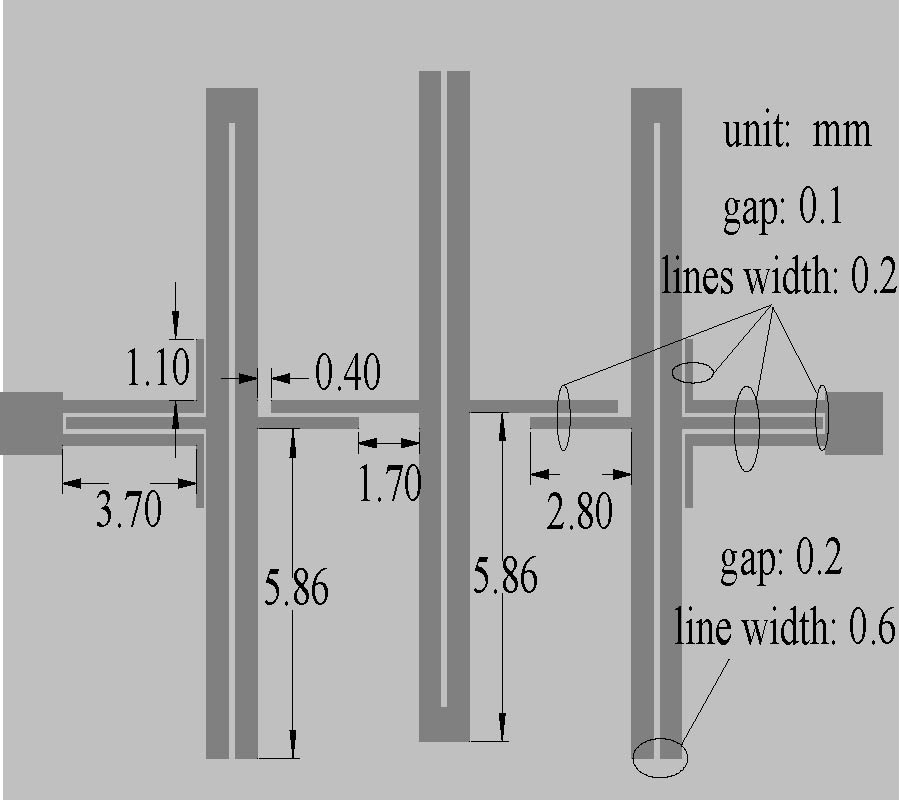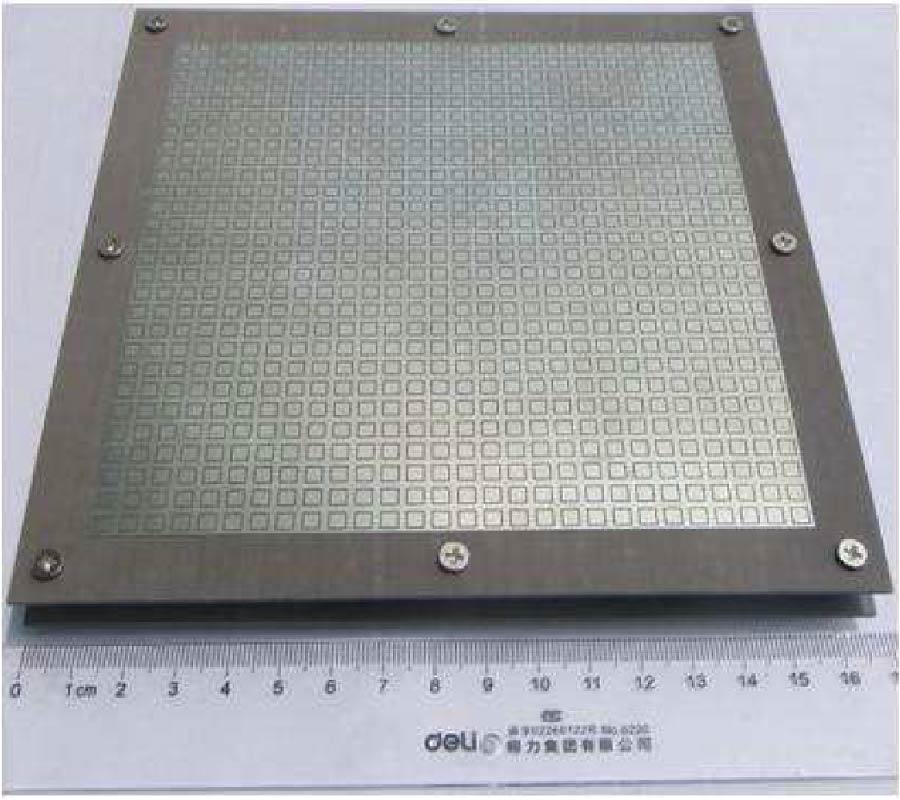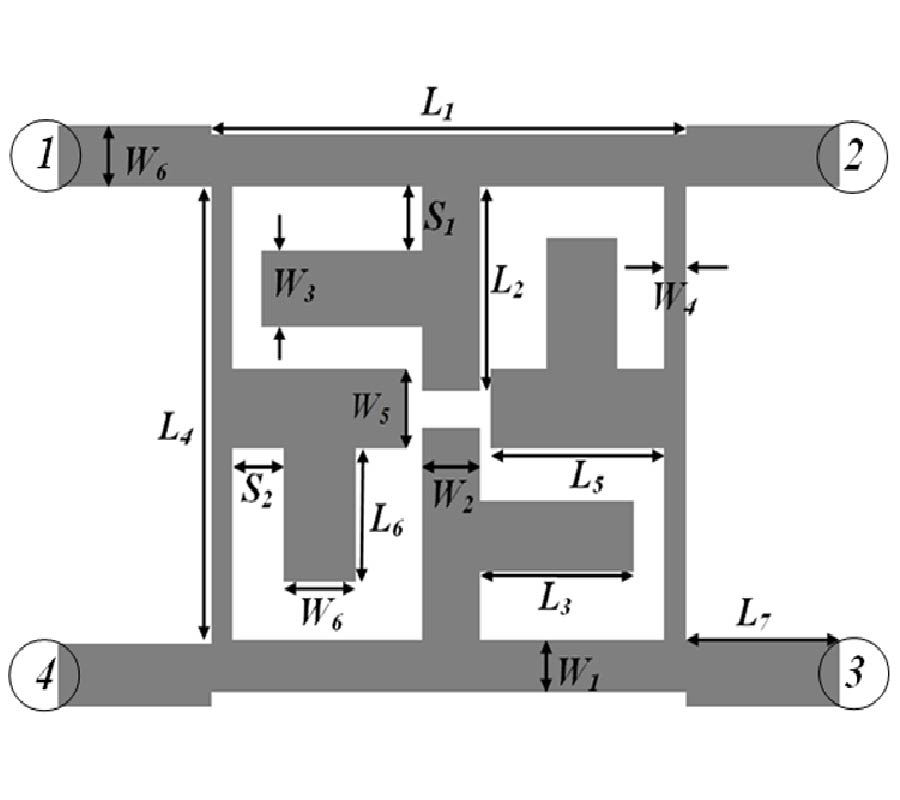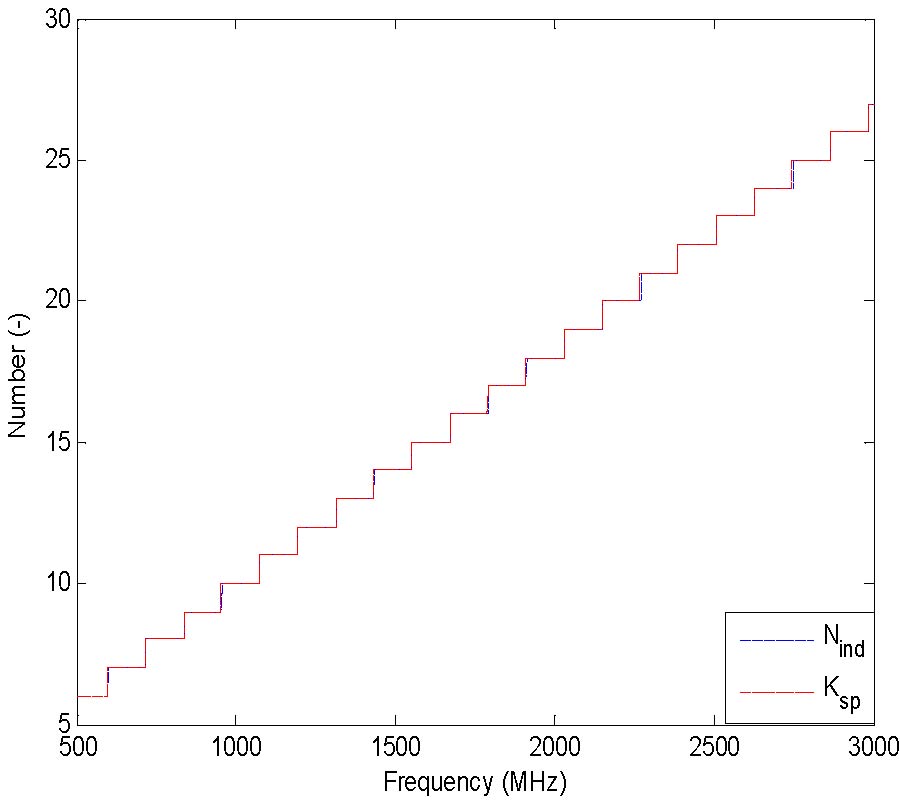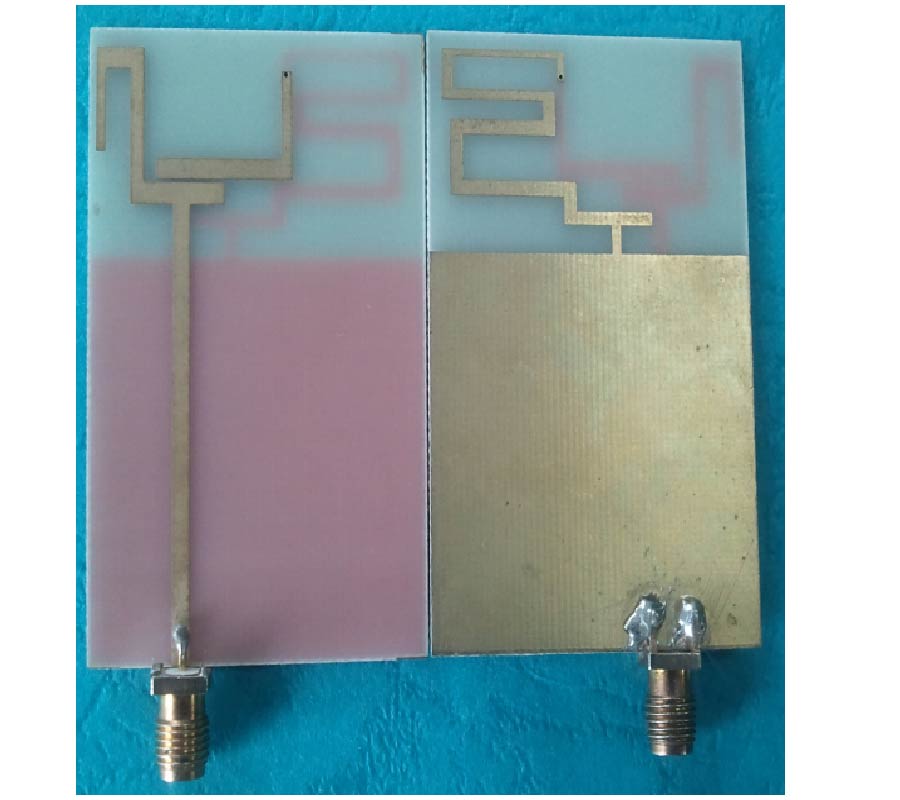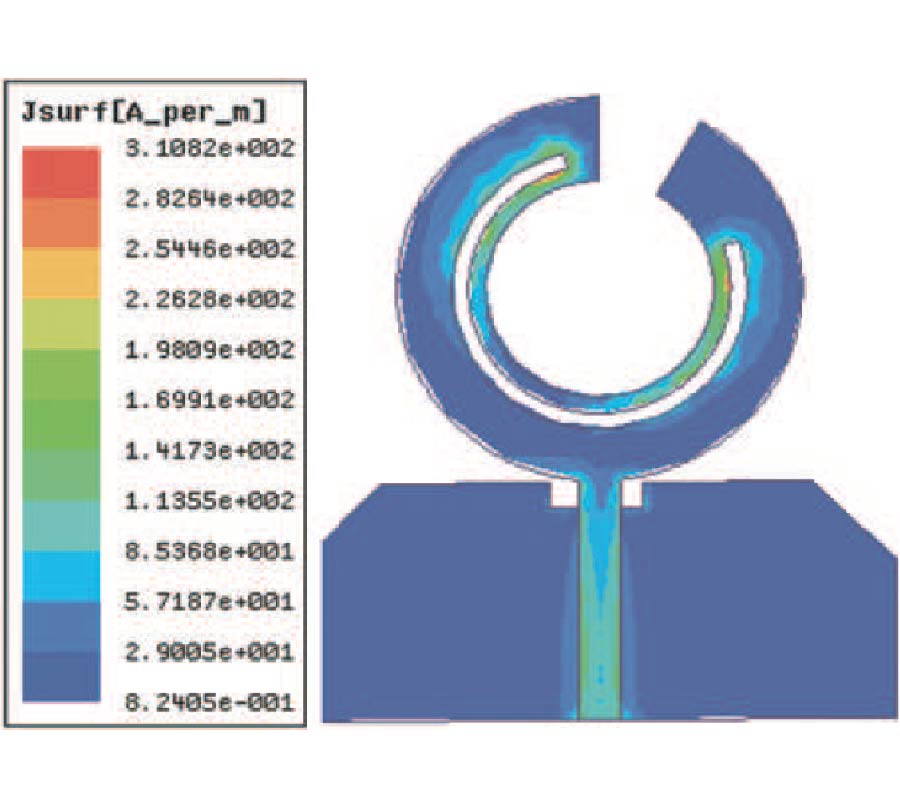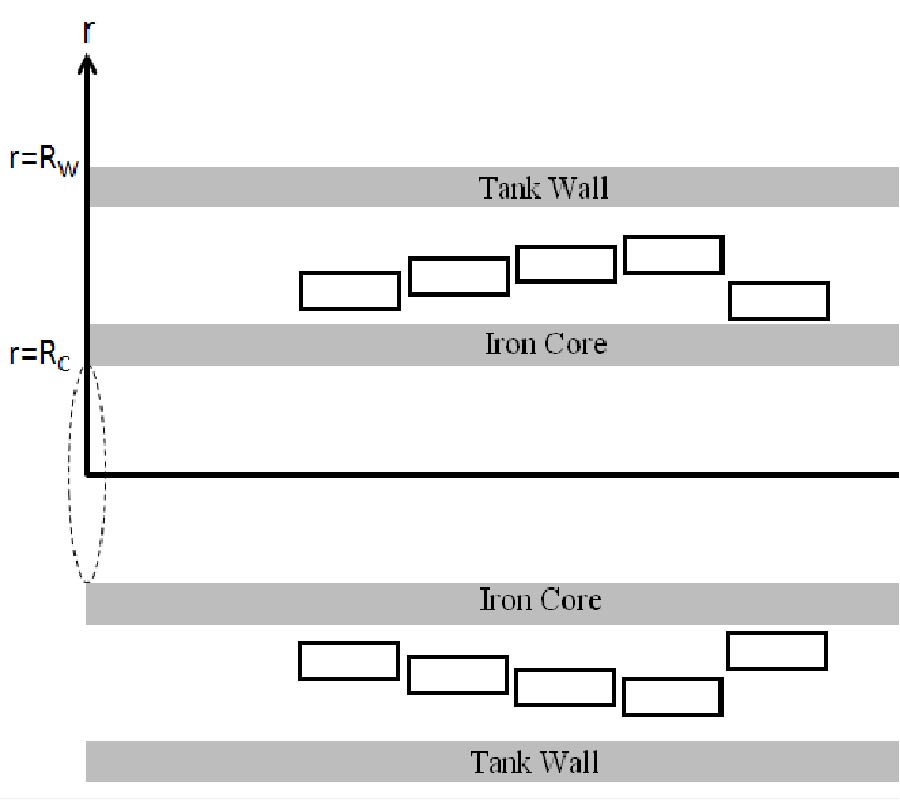A Novel Quad-Mode Resonator and Its Application to Dual-Band Bandpass Filters
Shou Jia Sun,
Lei Lin,
Bian Wu,
Kun Deng and
Chang-Hong Liang
In this paper, a novel square-loop quad-mode resonator is presented. Due to its symmetry, the even-odd-mode method is utilized to analyze the resonant characteristics. Two modes resonating at lower frequencies are employed to construct the first passband, and other two form the second passband. Meanwhile, both passband center frequencies can be controlled by the corresponding physical dimensions. Two dual-band bandpass filters (BPFs) without and with source-load coupling operating at 2.4 and 3.5 GHz are designed based on the proposed quad-mode resonator. Due to the source-load coupling, the passband selectivity and band-to-band isolation of the latter one are better than those of the former one. For demonstration, these two filters are fabricated and measured, and the measured results show good agreement with the simulated ones.
